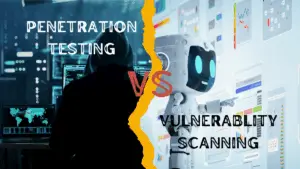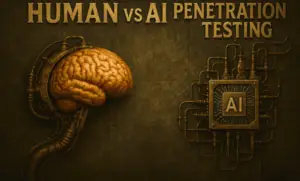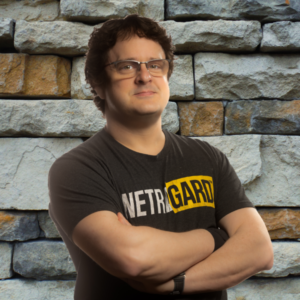I recently participated in a panel at the BASC conference that was held at the Microsoft New England Research & Development (NERD) building at One Memorial Drive in Cambridge. One of the questions that surfaced inspired me to write this article.
While there are more security solutions available today than ever before, are we actually becoming more secure or is the gap growing? The short answer is yes. The security industry is reactive in that it can only respond to threats but it cannot predict them. This is because of threats are defined by malicious hackers and technology savvy criminals and not the security industry. Antivirus technology for example, was created as a response to viruses that were being written by hackers. So yes, security is getting better, technologies are advancing, and the gap is still growing rapidly. One major part of the problem is that people adopt new technologies too quickly. They don’t stop to question those technologies from the perspective a hacker…
A prime example of this problem is clearly demonstrated within the automotive industry. Computer systems that are in automobiles were not designed to withstand any sort of real hacker threat. This wasn’t much of a problem at first because automotive computer systems weren’t Internet connected and at first they didn’t have direct control over things like breaks and the accelerator. That all changed as the automotive industry advanced and as people wanted the convenience that computer technology could bring to the table. Now automotive computer systems directly control critical automotive functions and a hacker can interface with the computer system and cause potentially catastrophic failures. Despite this the problem wasn’t perceived as particularly high risk because accessing the computer system required physical access to the car (or close proximity for TPMS like hacks). That is all going to change when the Chevy Volt hits the streets since the Chevy Volt actually has its own IP address and is network connected. Is the risk really worth the convenience?
Another good example of how we adopt technology too quickly is demonstrated in critical infrastructure (power, water, communications, etc). Just like the automotive industry critical systems were not initially designed to be plugged into the Internet. These critical systems are the systems that control the water coolant levels in our nuclear power plants or the mixtures of chemicals in water treatment plants, etc. Some of these critical systems were designed in the 1960’s so the concept of the “hacker threat” didn’t exist. Other systems are very modern but even those aren’t designed to be secure as much as they are designed to be functional. Back in the day power plants, water treatment plants, etc. were air-gaped to isolate them from potentially harmful environments. But as the Internet offered more and more convenience the air-gaps that once existed are almost extinct. Now our critical systems connected to the Internet and exposed to real hacker threats; and do they get hacked? Yes. Again, is the risk really worth the convenience?
Of course an example that everyone can relate to is business networks. Business networks are constantly evolving and new technologies are continually being adopted without proper vetting. These technologies often include web applications, security technologies, backup technologies, content management systems, etc. These technologies usually promise to make things easier and thus save time which equates to saving money. For example, the other week we were delivering a penetration test for a pharmaceutical company. This company had a video conference system setup so that they could speak with remote offices and have “face to face” conversations. They loved the technology because it made for more productive meetings and we loved the technology because it was easy to hack.
Despite the fact that the security industry is evolving at a rapid pace, it can’t keep up with the volume of people that are prematurely adopting new and untested technologies. This adoption causes the gap between good security and security risks to grow. To help close the gap consumers need to start challenging their vendors. They need to ask their vendors to demonstrate the security of their technology and maybe even to make some sort of a guarantee about it. There are some solid companies out there that offer services designed to enhance the security of technology products. Once such company is Veracode (no affiliation with Netragard).






